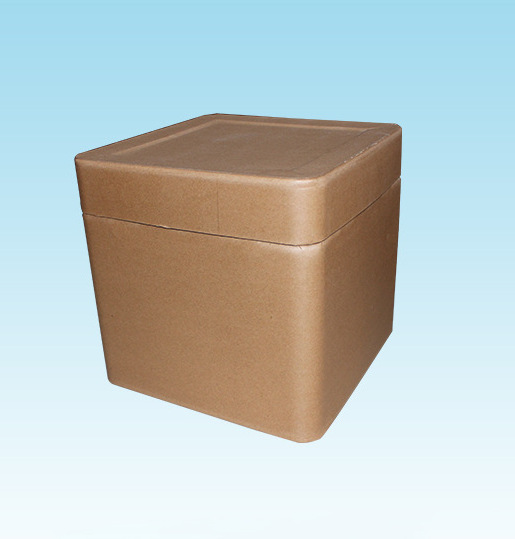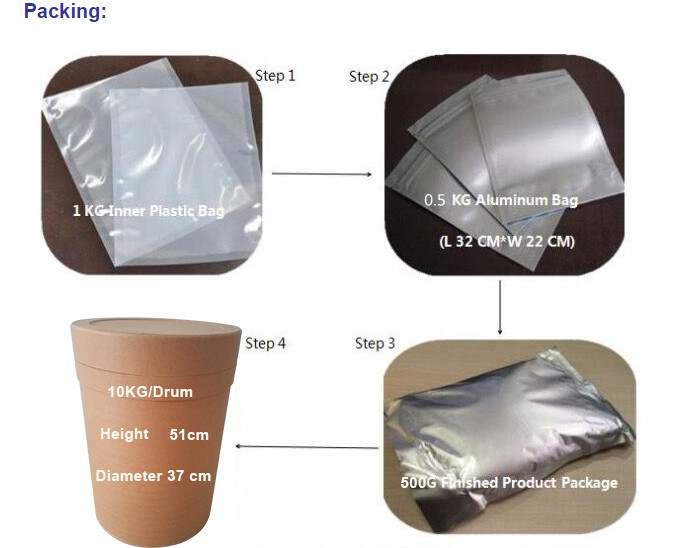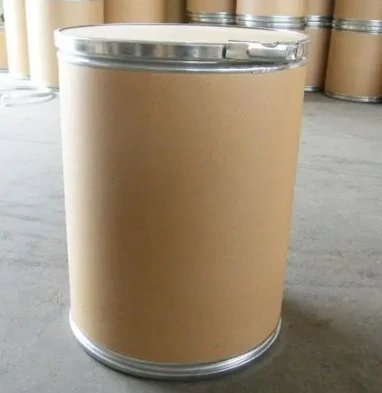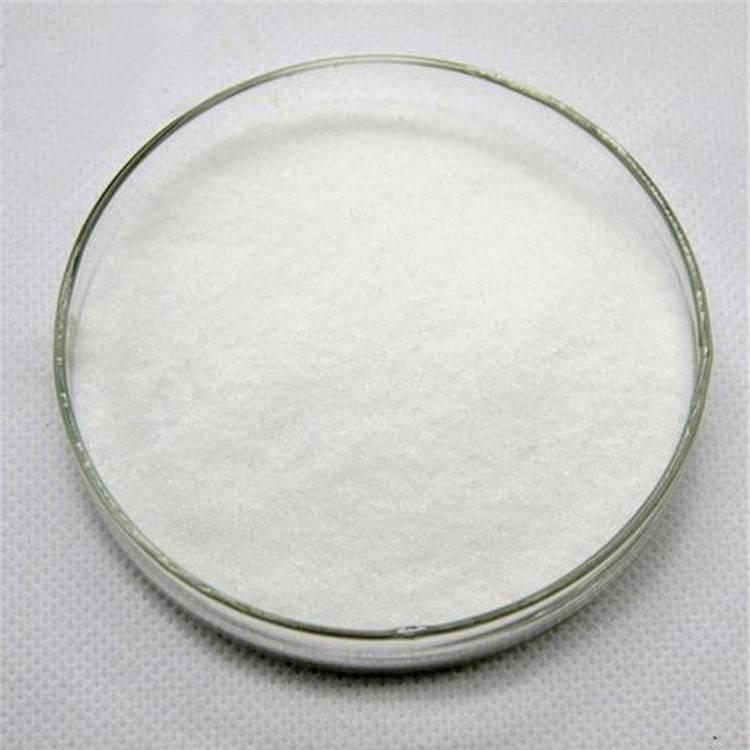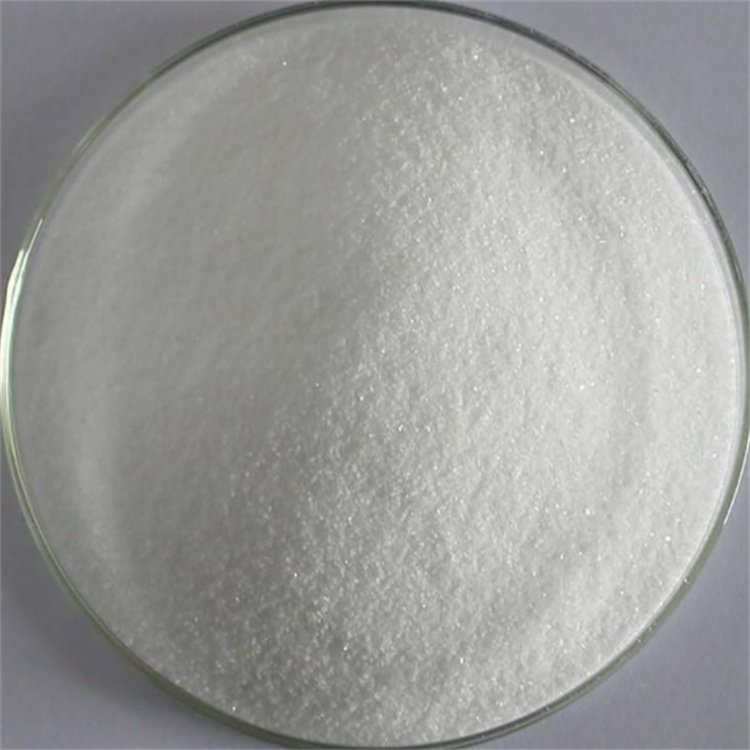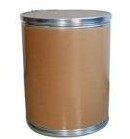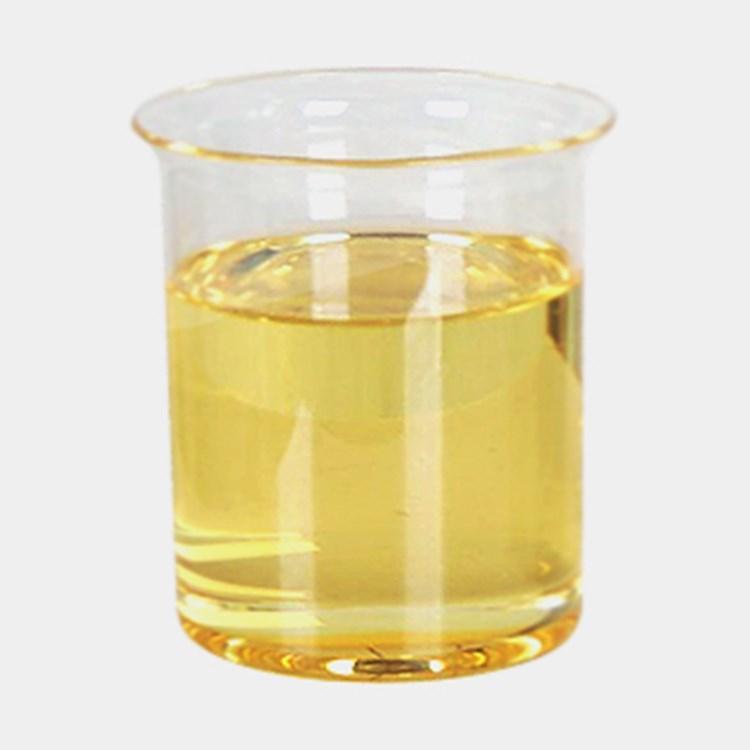CAS:137-66-6
Molecular Formula:C22H38O7
Alias
More Information
Vitamin C Palmitate; Palmitato de Ascorbila; L-Ascorbyl 6-Palmitate; Palmitate Vitamin c; L-Ascorbyl Palmitate; AP; L-AP; (S)-2-((R)-3,4-Dihydroxy-5-Oxo-2,5-Dihydrofuran-2-Yl)-2-Hydroxyethyl; Palmitate; Scorbic; Ondascora; 6-O-Palmitoyl-L-Ascorbic Acid; [(2S)-2-[(2R)-3,4-Dihydroxy-5-Oxo-2H-Furan-2-Yl]-2-Hydroxyethyl] Hexadecanoate; Antioxidant Ascorbyl Palmitate; Ascorbly Palmitate; MFG OF Ascobic Palmitated; Ascobic Palmitated
Brief Introduction
Oily foods, edible oils, animal and vegetable oils and high-end cosmetics. It can also be used in various infant foods and milk powders. It has antioxidant and nutritional enhancement functions. It is used as an antioxidant whitening agent for VE. It has a very antioxidant effect in oils. Obvious and high temperature resistant, it is suitable for medicine, health care products, cosmetics, etc., and is suitable for baking and frying oil. The antioxidant effect on lard is better than vegetable oil. Through the inspection of the National Quality Inspection Center, it fully meets the national GB1631-41996 standards and also meets the foreign FCC (IV) standards. It is a non-toxic and harmless multifunctional nutritive antioxidant preservative.
Suppliers
View More Vendors (2) >
CAS:13832-70-7
Molecular Formula:C48H82O4
Alias
More Information
Stearyl Glycyrrhizinate; n-Octadecyl Glycyrrhetinate; Octadecyl (2S,4As,6Ar,6As,6Br,8Ar,10S,12As,14Br)-10-Hydroxy-2,4A,6A,6B,9,9,12A-Heptamethyl-13-Oxo-3,4,5,6,6A,7,8,8A,10,11,12,14B-Dodecahydro-1H-Picene-2-Carboxylate; Stearyl Glycyrrhizate; a-Glycyrrhetinic acid Stearyl Ester; Stearyl Glycyrrhetate; CO-Grhetinol; Octadecyl Glycyrrhetinate; Olean-12-En-30-Oicacid,3B-Hydroxy-11-Oxo-,Octadecyl Ester(8Ci)
Brief Introduction
It has the functions of anti allergy, antibacterial, anti-inflammatory and ulcer treatment.
Suppliers
View More Vendors (2) >
CAS:139-05-9
Molecular Formula:C6H12NNaO3S
Alias
More Information
Sodium N-Cyclohexylsulfamate; Ibiosuc; Sodium Cyclohexylsulfamate; N-Cyclohexanesulfamic Acid Sodium Salt; N-Cyclohexylsulfamic Acid Sodium Salt; Cyclamic; Sucrum7; Sugarin; Sodium Cyclohexylsulphamate; Asugryn; Sugaron; Acofarinas; Natriumcyclamat; Cyclamate; Suessette; Sodium Cyclamate NF13; Suestamin
Brief Introduction
It is a kind of non nutritive synthetic sweetener. Its sweetness is 30 times as much as sucrose, but its price is only 3 times as much as sucrose. Besides, it does not have bitter taste as saccharin. As an international food additive, it can be used in cool drinks, fruit juice, ice cream, pastry food and preserves.
Suppliers
View More Vendors (2) >
CAS:139-08-2
Molecular Formula:C23H42ClN
Alias
More Information
Tetradecyldimethylbenzylammonium Chloride Hydrate; Benzyldimethyltetradecylammonium Chloride Hydrate; N-Benzyl-N,N-Dimethyltetradecan-1-Aminium Chloride; Benzyl-Dimethyl-Tetradecylazanium;Chloride
Brief Introduction
It is used for sterilization and algae killing of water circulation system in petroleum, chemical, light textile, machinery, metallurgy and electric power enterprises.
Suppliers
View More Vendors (2) >
CAS:142-90-5
Molecular Formula:C16H30O2
Alias
More Information
Lauryl Methacrylate; Dodecyl Methacylate; Methacrylic Acid Dodecyl Ester; Methacrylatemonomer; Dodecyl Methacrylate; Lauryl Methacrylate (Lma); 2-Propenoic Acid, 2-Methyl-, Dodecyl Ester; Methacrylic Acid Lauryl Ester; 2-Methyl-2-Propenoic Acid Dodecyl Ester; Lauryl Methacrylate,Stabilized; Dodecyl Methylacrylate; Dodecyl 2-Methyl-2-Propenoate; Dodecyl 2-Methylpropenoate; Methacrylic Acid N-Dodecyl Ester; 1-Dodecanol Methacrylate; LMA; Metazene
Brief Introduction
It is used as monomer of acrylic resin, deodorant, lubricating oil additive, finishing agent of leather and fiber, paper finishing agent, adhesive and internal plasticizer.
Suppliers
View More Vendors (2) >
Inquiry (
10
/ 10
)
Clear All
Sign In
Error!

